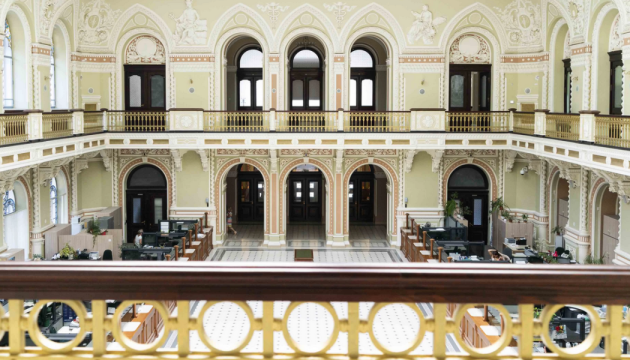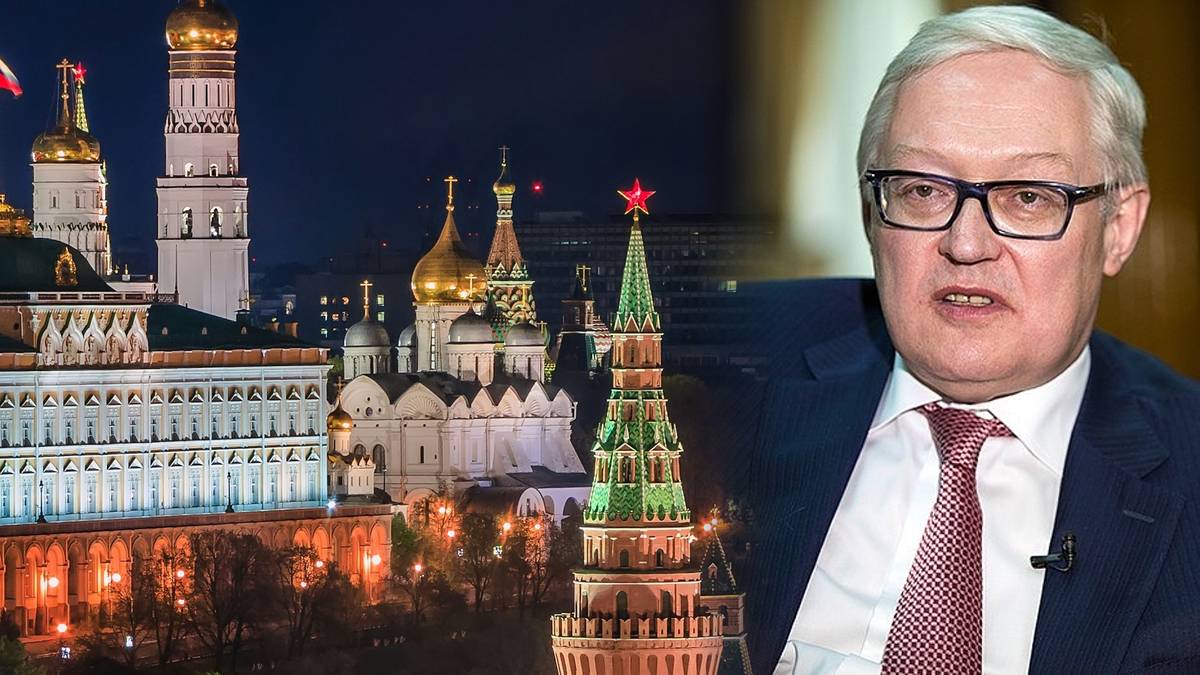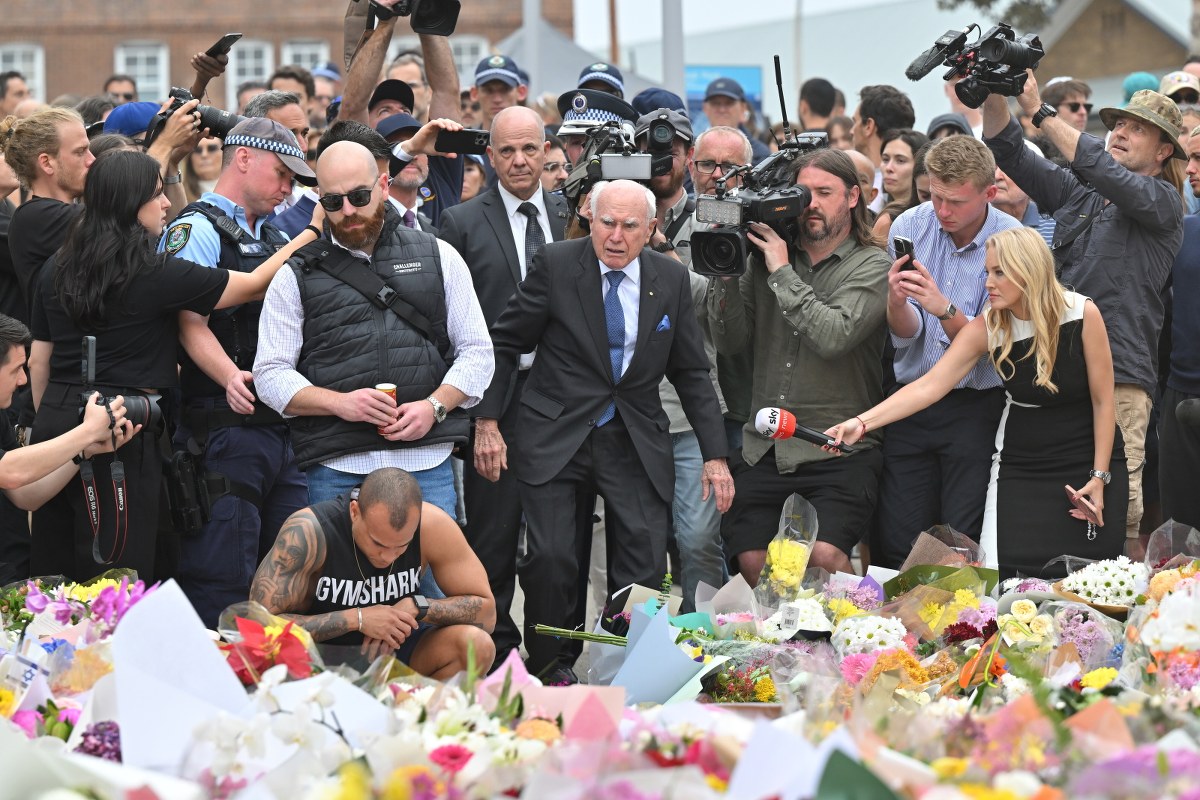As a boy of six or 7 years old in the 1970s, I loved to stroll along my granny’s clay-paved street in the bucolic central Ukrainian village of Helmiaziv. In the evenings, I could hear voices singing local “village songs”, where a matriarch or younger female would finish a verse with a distinctive long sound after the another singers fell silent. This was the practice of the tiahty lenchyka.
Back then, I never imagined that this beautiful tradition might 1 day disappear. But today, just as more than 3,000 languages around the planet face extinction, Ukraine’s rich tapestry of dialects and folk singing teeters on the edge — threatened by modern life, global cultural drift, and now, war.
In my childhood, the sweet sound of “village songs” was not confined to Helmiaziv. I heard it echo through the open windows of crumbling high-rises in Donetsk, my home city in east Ukraine. Although I was aware that Donetsk had a different cultural flavour, the singing felt acquainted — something “folks” did as they gathered to chat and share a drink after work.
Later, I began to wonder if this singing kind had been carried to Donetsk by fresh settlers from central Ukraine? Or was it locals from the Donetsk suburbs — places like Staromykhailivka or Maryinka (the second now destroyed by the Russian onslaught) — who had practiced these traditions for centuries? The region’s rich Ukrainian ethnographic past starkly contrasts with president Putin’s claim that the Donbas is culturally Russian.
By the 1990s, the silence had started to settle in. In Donetsk, spontaneous folk singing had vanished. In Helmiaziv, I could inactive hear it occasionally, though more faintly. The ancient sound now flickered at the edges of memory.
As Ukrainian folklore investigator Natalie Kononenko of the University of Alberta has pointed out, it is remarkable how Ukraine, despite its trauma and upheaval in the 20th century, managed to preserve a folk culture that closely resembled what was erstwhile recorded by ethnographers in the 19th century.
One reason for this resilience was that agrarian Ukrainians were not full exposed to global mass culture until 60 or 70 years after the remainder of Europe. That insulation — like that which preserved indigenous languages in the Americas or Asia — bought the traditions time.
But the clock is moving out. We are now surviving through the final moments of that continuity.

Verbychenka youth collective from Nova Vodolaha, Kharkiv region of Ukraine, 120 km to the front line. Source: YouTube screenshot
Ukraine’s singing tradition, which holds an astounding estimated repertoire of more than 200,000 folk songs, is not yet gone. Folk groups inactive exist, made up of septuagenarians and octogenarians who sing in the same timbre their ancestors utilized 2 centuries ago. There are besides youth ensembles striving to carry that torch.
Yet the unique timbre of the Ukrainian “village voice” — full of weight and resonance — is now fading fast. Globalization, digital culture and the fragmentation of household ties have broken the chain of transmission. The songs inactive be and the dialects are inactive spoken. But the threads that erstwhile passed them on, from grandma to grandchild, are fraying.
Nina Reva, the legendary leader of the Drevo folk ensemble — whose haunting vocals helped make A Dog’s Life into a global animation success — erstwhile told me:
“When your father teaches you to sing, your singing sounds different than erstwhile you learn to sing at an older age.”
I think of that erstwhile I perceive to 20-year-old Anna Khrystenko’s striking rendition of the Poltava-Kaniv dialect. Her voice captures it almost effortlessly, far more naturally than I can. She is simply a uncommon case — 1 of the fewer born into the dialectal environment in time to absorb it. Most others are trying to recreate something they never truly knew. Many newer groups, especially those formed in cities, no longer sound like the village babkas of memory — the timbre is just not the same.
The same slow erasure is happening to spoken dialects. For decades, the Iron Curtain shielded Ukrainians’ authentic folklore from the influences of global consumerism and mass media. It besides helped preserve the incredible wealth of Ukrainian dialects well into the early 2000s. But since then, the decline has accelerated. Among younger generations, phonetic and lexical failure is now widespread.
And now, there is war.
Ukraine has lost so much — lives, homes, full cities and villages. below this visible destruction, there is another kind of loss: intangible, but no little real. The old songs, the dialectal patterns, the surviving memory of a region’s speech and melody — these besides are vanishing. We cannot afford to lose this cultural inheritance alongside everything else.
In 2021, I began working with children from Helmiaziv through a grassroots task designed to reconnect them with the songs and dialect of their grandparents. At first, their efforts were stiff. The soft Poltava-Kaniv accent, erstwhile spoken by nearly everyone in the village, had already faded. Even their distinctive alveolar “l” sound had disappeared.
Then, something astonishing happened.
With guidance from dedicated mentors — drawing on first recordings and direct interaction with authentic speakers and tradition-bearers — and yes, any tiny material incentives, the students began to sing and talk like their grandmothers. And they began to love it. 1 student told her mentor, “I will now talk my dialect even at school.” Her voice — both virtually and symbolically — offers hope.

Folklore task manager Ruslana Lotsman interviews Kateryna Samoylenko in Helmiaziv, Cherkasy region of Ukraine, as part of the effort to transfer authentic dialect and folk songs to participants of the Kalyniata children’s folklore collective. Source: YouTube screenshot
Some of Ukraine’s most endangered dialects and singing traditions lie in areas now devastated or depopulated by Russia’s invasion. Tragically, these were already on the verge of extinction before the war. Now, they hazard disappearing without a trace.
Take the dialects of easternmost Slobozhanshchyna, close the Russian border. any of their features are known, while others are barely documented. But no have been decently preserved or even digitized. We request to act — not later, not erstwhile the war is over, but now — while there are inactive voices that remember.
This work is not just about Ukraine. It is simply a model. A reminder that even with modest resources and the right spark, it is possible to reverse cultural decline — to remind young people that what they thought was gone is inactive alive inside them. And that it is worth saving.
Even in the face of devastation, cultural treasures can endure — but only if we choose to hear them, before the last voice fades.
Yuri Bilinsky is the founder of the “Save Your Granny’s Language and Culture” project, which is funded by the Temerty household Foundation and Canada Ukraine Foundation. The task motivates Ukrainian youth to replicate first pronunciations, vocabularies and folk songs down to the tiniest details that have been lost in their everyday lives.
Please support New east Europe's crowdfunding campaign. Donate by clicking on the button below.











